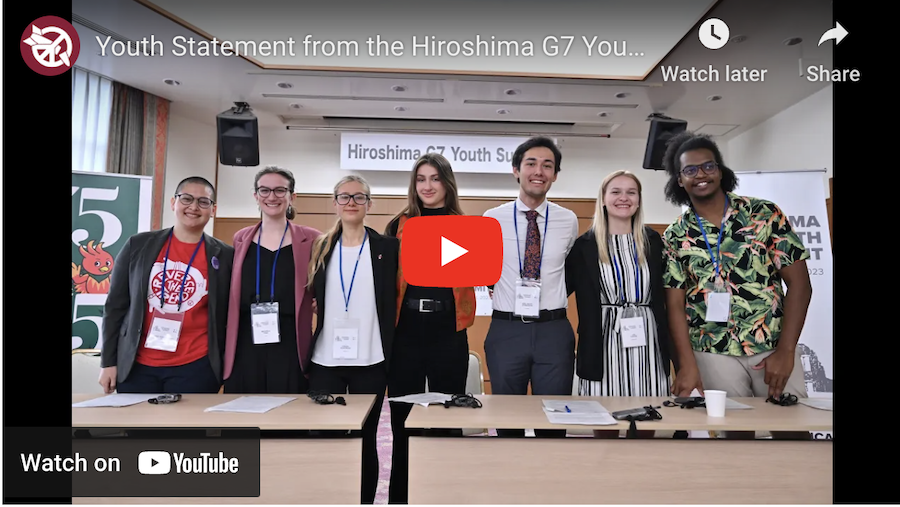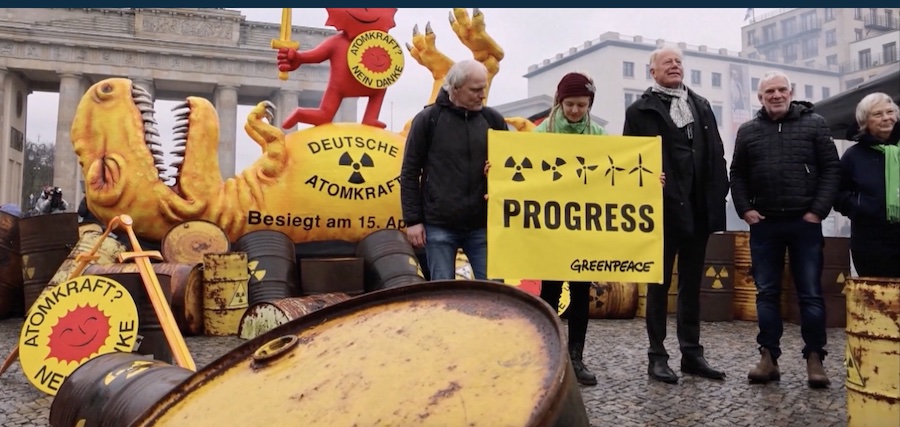. . SUSTAINABLE DEVELOPMENT . .
An article from Reuters
A statement from Greenpeace
Analysis by Reuters
A Paris summit to discuss reforming the world’s financial system scored some notable wins that should tee up greater action before climate talks later this year, though some participants were disappointed with progress to address poorer states’ debt.

The Summit for a New Global Financing Pact saw French President Macron host around 40 leaders, many from the Global South, to debate changes to multilateral finance institutions in the face of climate change and other development challenges.
Much of the discussion centred on the key requests of developing nations, framed through the “Bridgetown Initiative” led by Barbados leader Mia Mottley, and her adviser Avinash Persaud said he was pleased with the outcome of the talks.
“It’s a roadmap for genuine change,” he told Reuters on the sidelines of the talks. “What’s emerged here is a real … understanding of the scale and pace of what is required.”
Among the highlights were confirmation that the richer world will likely hit a long-overdue target of providing $100 billion annually in climate finance to poorer countries, a long-delayed debt deal for Zambia, and a package to boost Senegal’s renewable energy capacity.
The World Bank and others also said they would start adding clauses to lending terms that allow vulnerable states to suspend debt repayments when natural disaster strikes.
Yet it was the wording of the final statement from attendees and subtle changes in the tone of discussions behind the scenes that gave hope to Persaud that even greater change was coming.
Specifically, for the first time, the document acknowledged the potential need for richer countries to provide fresh money to multilateral development institutions like the World Bank. This came alongside a plan to draw on more of their current assets, to the tune of $200 billion over 10 years.
Another first was in the explicit target for multilateral development banks to leverage “at least” $100 billion a year in private sector capital when they lend.
(article continued in right column)
Sustainable Development Summits of States, What are the results?
(Article continued from the left column)
A reference was also made to finding “new avenues for international taxation”, as well as other Bridgetown Initiative requests including offering investors foreign exchange guarantees.
“That was widely discussed here and (there’s) lots of support behind an initiative that’s happening outside of Paris, at the International Maritime Organisation in a couple weeks time, on a levy on shipping emissions,” Persaud added.
Still, the summit was not without its critics.
“Unfortunately, the Paris Summit has not provided the breakthrough needed to find the funding for our planet’s survival,” Teresa Anderson, Global Lead on Climate Justice for ActionAid International, said, pointing to new funding pledges being loans or temporary debt relief instead of grants.
All eyes now turn to more traditional events later in the year, including the International Monetary Fund and World Bank annual meetings, a G20 meeting in September and the COP28 climate talks in Dubai.
Persaud said his focus would be on making sure the plan to scale up multilateral development bank lending was in place by the time of annual meetings in October, and that pilot work began on reducing the cost of capital for developing countries.
The summit, held against a backdrop of criticism that the world is moving far too slowly to address climate change, was a success in that it delivered a roadmap requiring specific actions by specific dates, some observers said.
“They’ve got a clear timetable of what they want to see happen and it’s that timeline that puts the pressure on and means that it’s harder to just kick things into the long grass,” said Sonia Dunlop from think tank E3G.
Analysis by Greenpeace:
President Macron’s Summit for a New Global Financing Pact ends with very limited progress to make polluters pay for the escalating costs of the climate crisis. Governments failed to commit to concrete and ambitious action to make the fossil fuel industry pay.
Tracy Carty, Climate Politics Expert at Greenpeace International, said:
“The Summit ended with mild recognition of the need for new taxes to pay for climate action and identified a role for the G20 and COP28 to take them forward. Taxing big polluters should be top of the agenda for these global moments, but rich country governments don’t have to wait to act – they already can and must introduce taxes on big polluters, above all the fossil fuel industry, to pay for loss and damage now.
“Silence on the fossil fuel industry paying for the mess they have caused was deafening at this Summit. Fossil fuel companies are racking up obscene profits, while millions in low-income countries pay the price as drought, floods, sea level rise and other climate catastrophes wreak havoc.”
Pierre Terras, Head of Climate and Energy campaigns at Greenpeace France, said:
“President Macron’s promotion of fossil gas as an energy of transition during this Summit was totally irresponsible and resonates with his poor record of domestic climate in-action. Unsurprisingly, he also has fallen short in recognising the need to tax the fossil fuel companies to pay for the damage they have caused. Both nationally and globally, the French president seems stuck on protecting the wealthiest and the polluters.”








